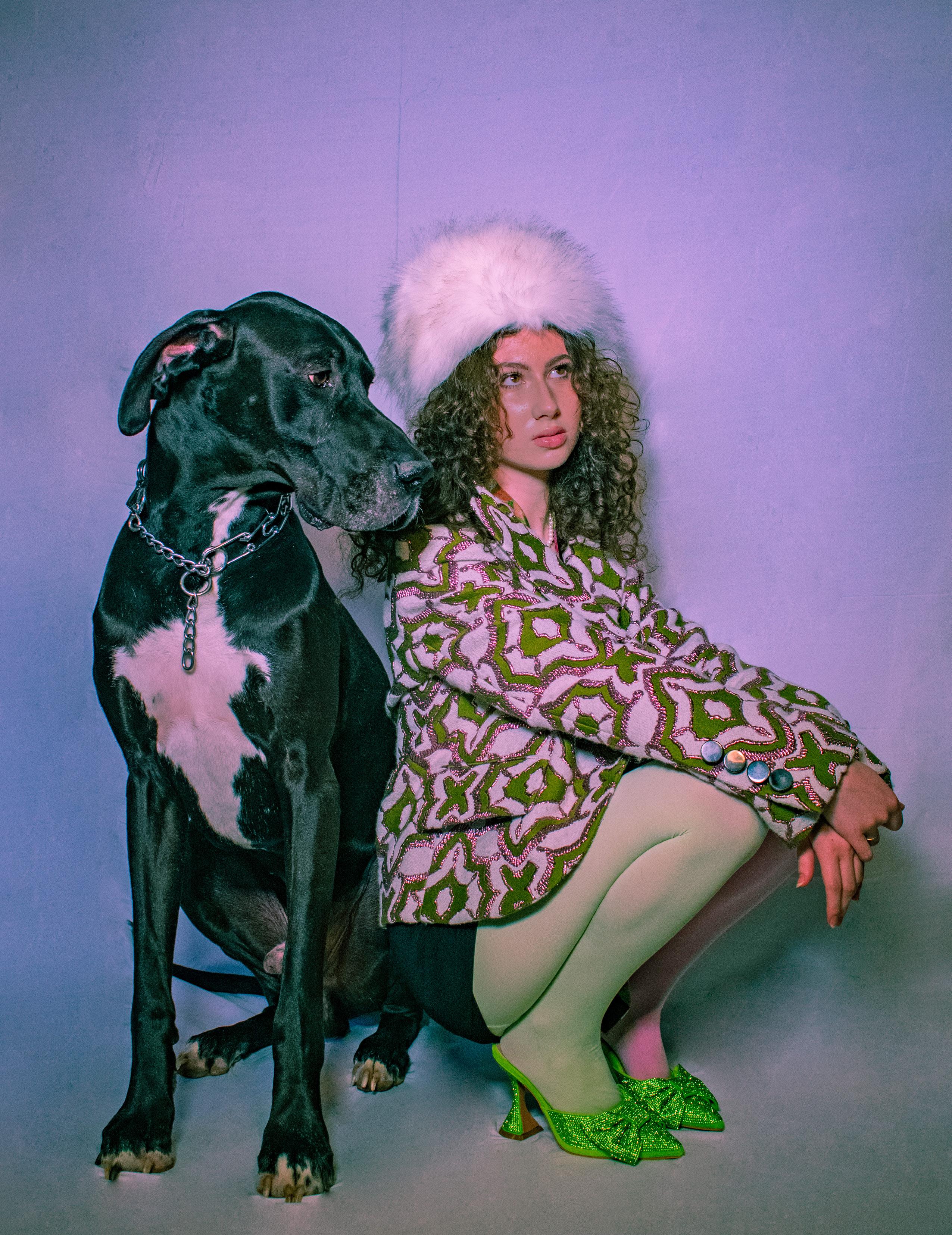
5 minute read
Are You, Am I?
from April 2021
by modmuze
a re you, a m I?
Photographer: Nate Ch eath am St ylist: Christina Garagus i
Advertisement


“If you have to tell somebody what you are, then you aren’t.”
In “Are you, Am I?”, the photos depict the unapologetic and disruptive personas of rock and roll. In a world that has been steeped in uncertainty and corrupted by labels, we embrace the ability to own who one is without the need to explain themselves.
The quote above is one remarked by none other than Richard Stark, the founder, and brains behind the elusive and mysterious brand of Chrome Hearts. Similar to the brand, we used heavy metal chains and contrasted tailored clothing worn by styling it in an undone manner.
The wild success of the brand is countercultural in more ways than one: it is elusive and not straightforward in explaining its brand or products. They do not make large production cycles but rather sell mostly custom work, and make whatever they want. What I hope that you take from these pictures is that people crave the extraordinary, they are searching for it and in a world where everyone is labeled and feels the need to over-explain themselves, you can simply be and that is more than enough.
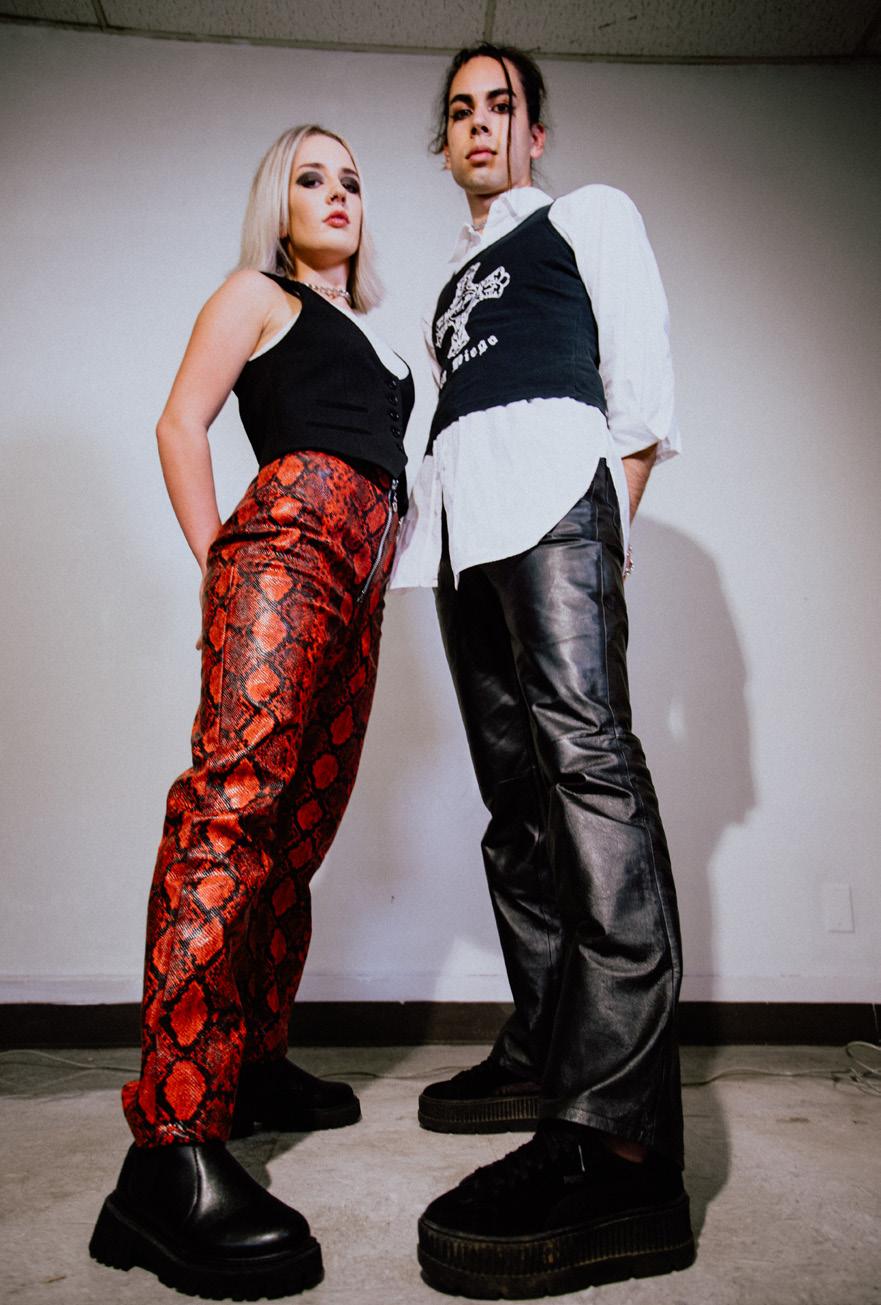
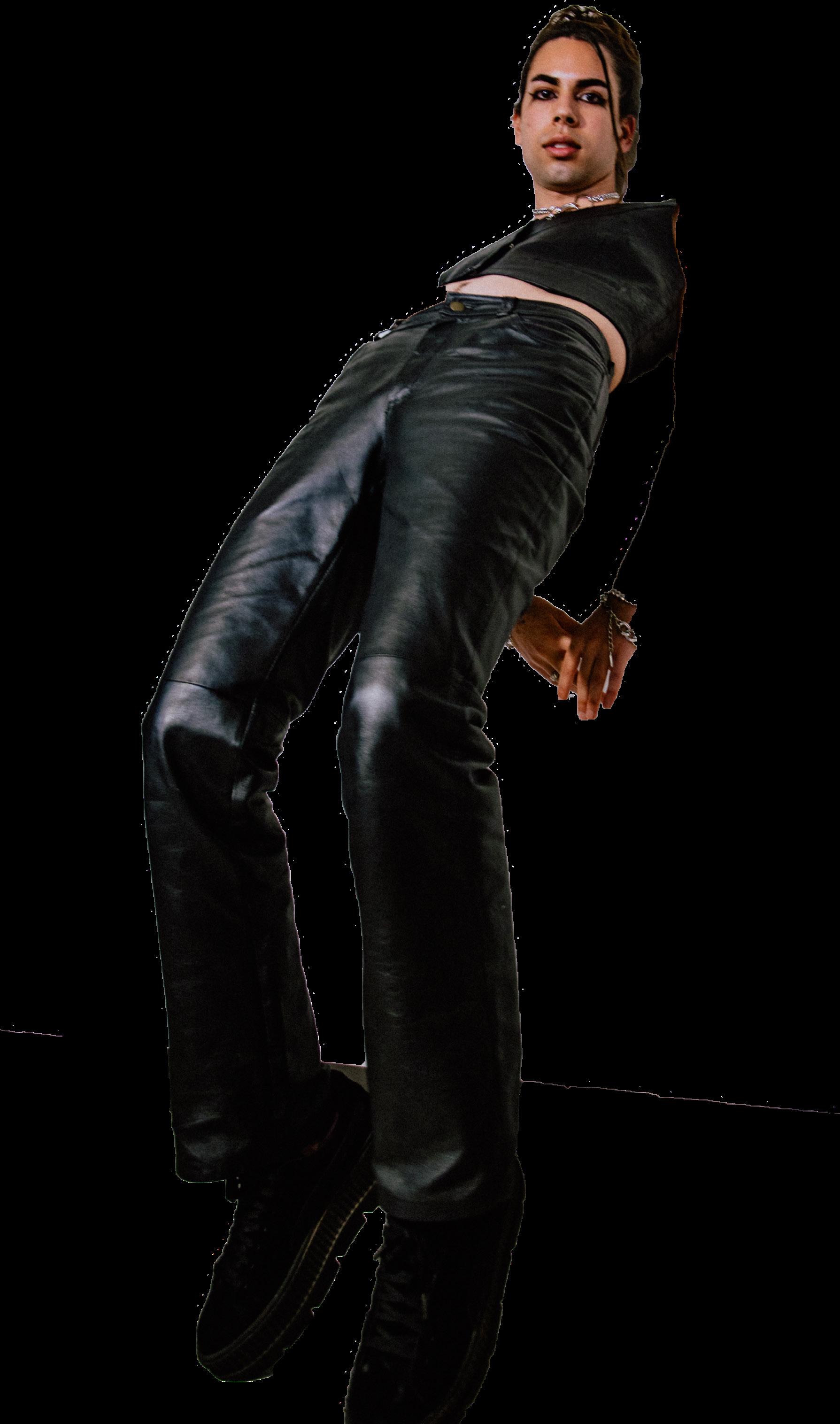
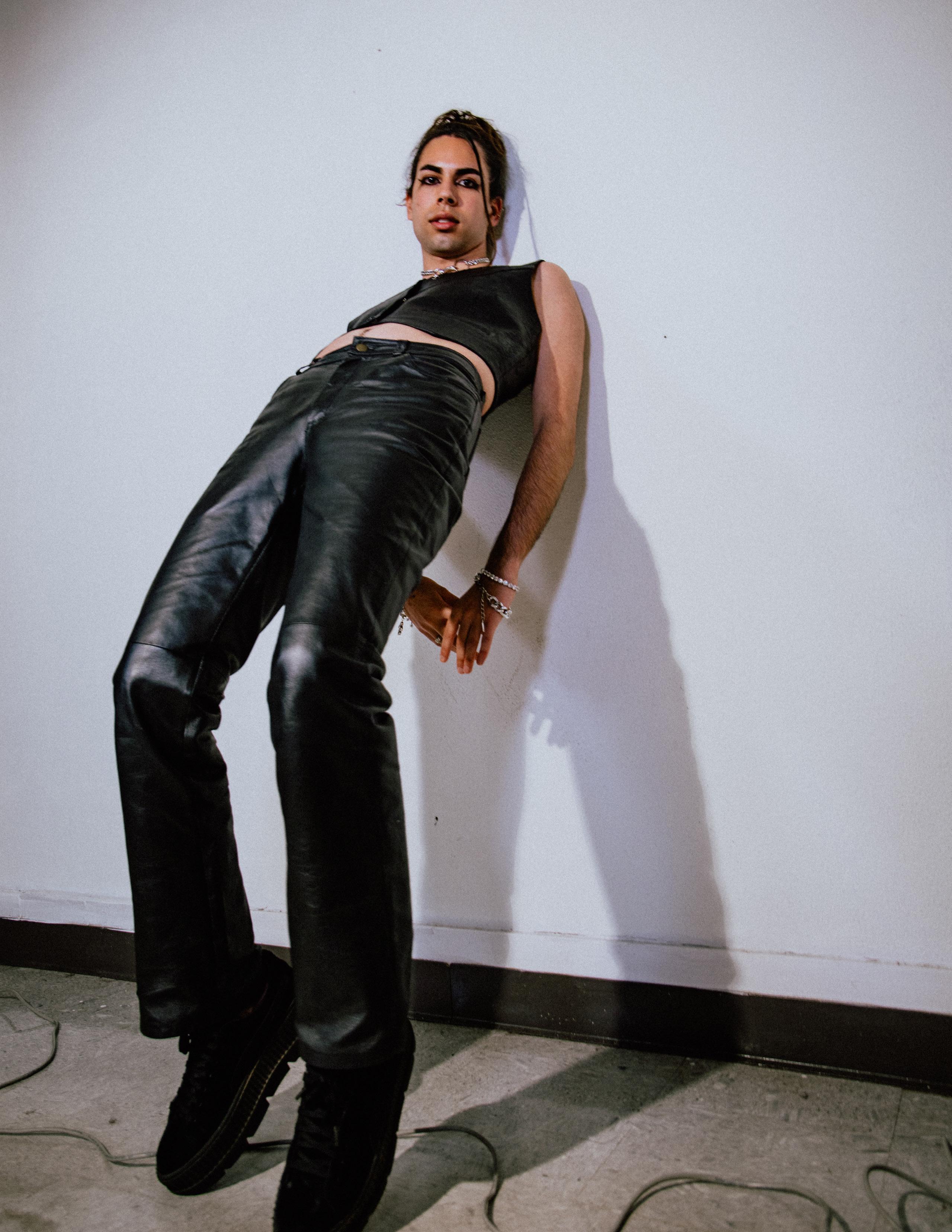
Models: Hannah Bockeiman & Beau Henneha Layout: Hadley Waldren
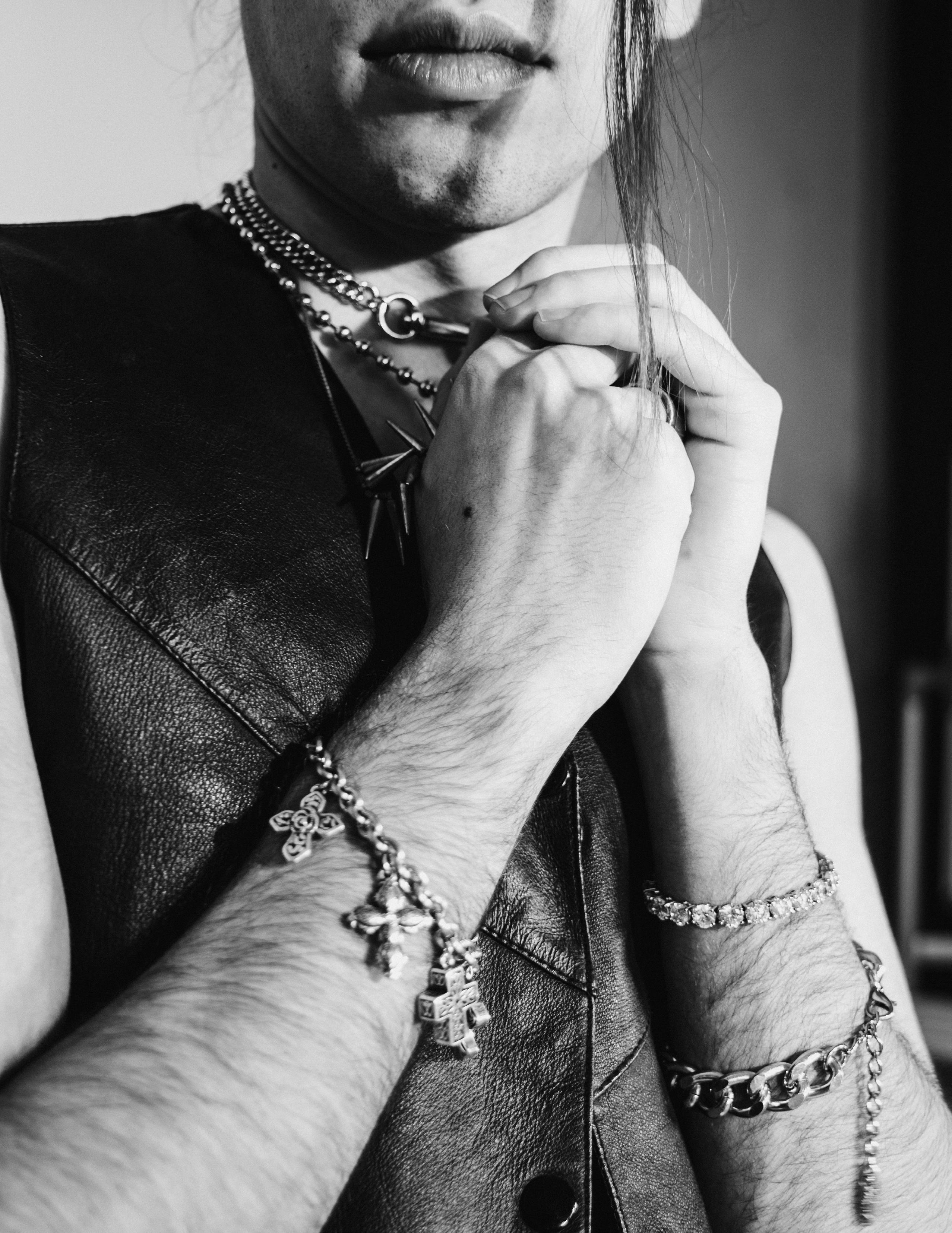

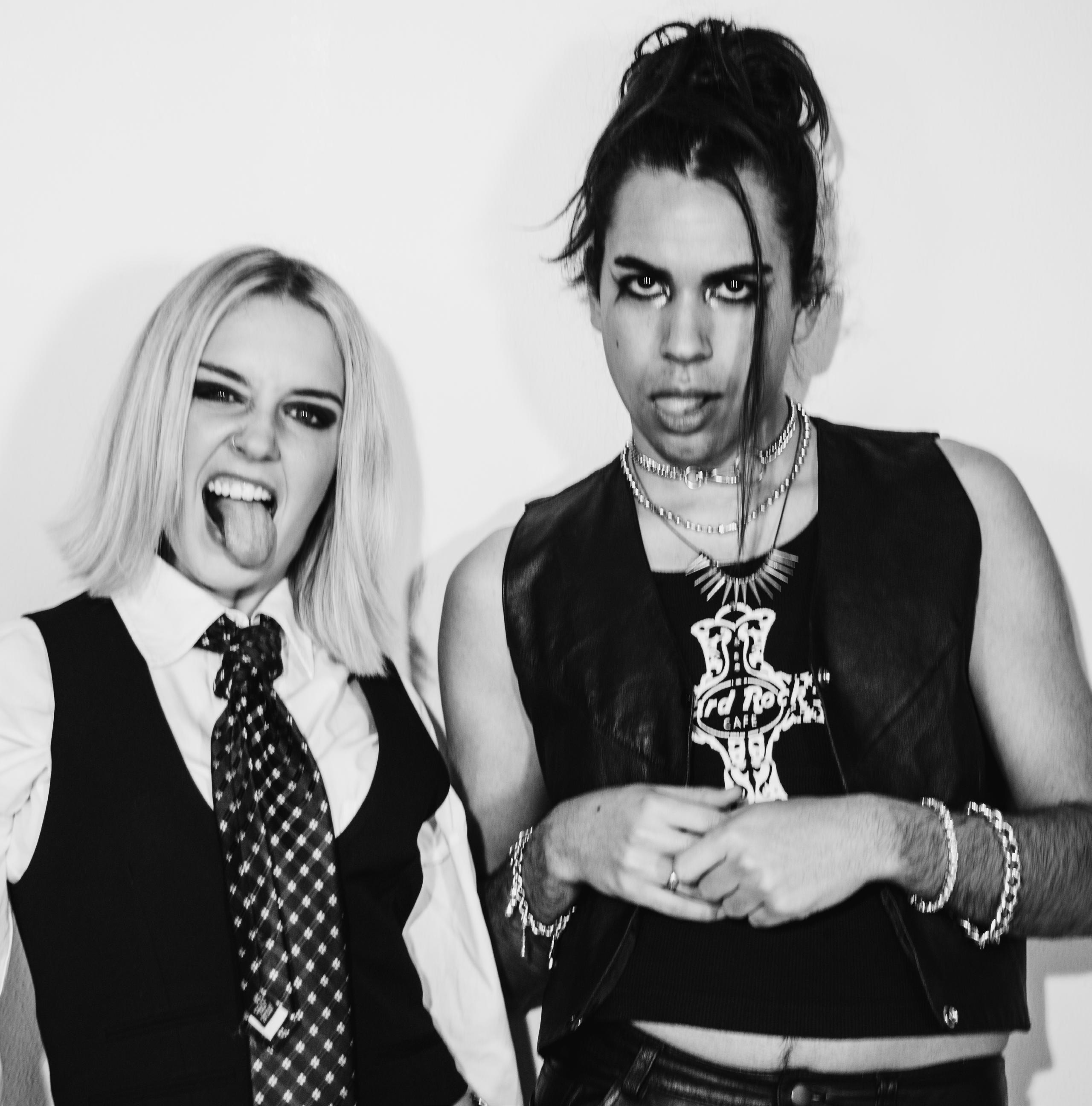


the
By: Journei Green
inFluenCe
oF BlaCkCulture on pop Culture
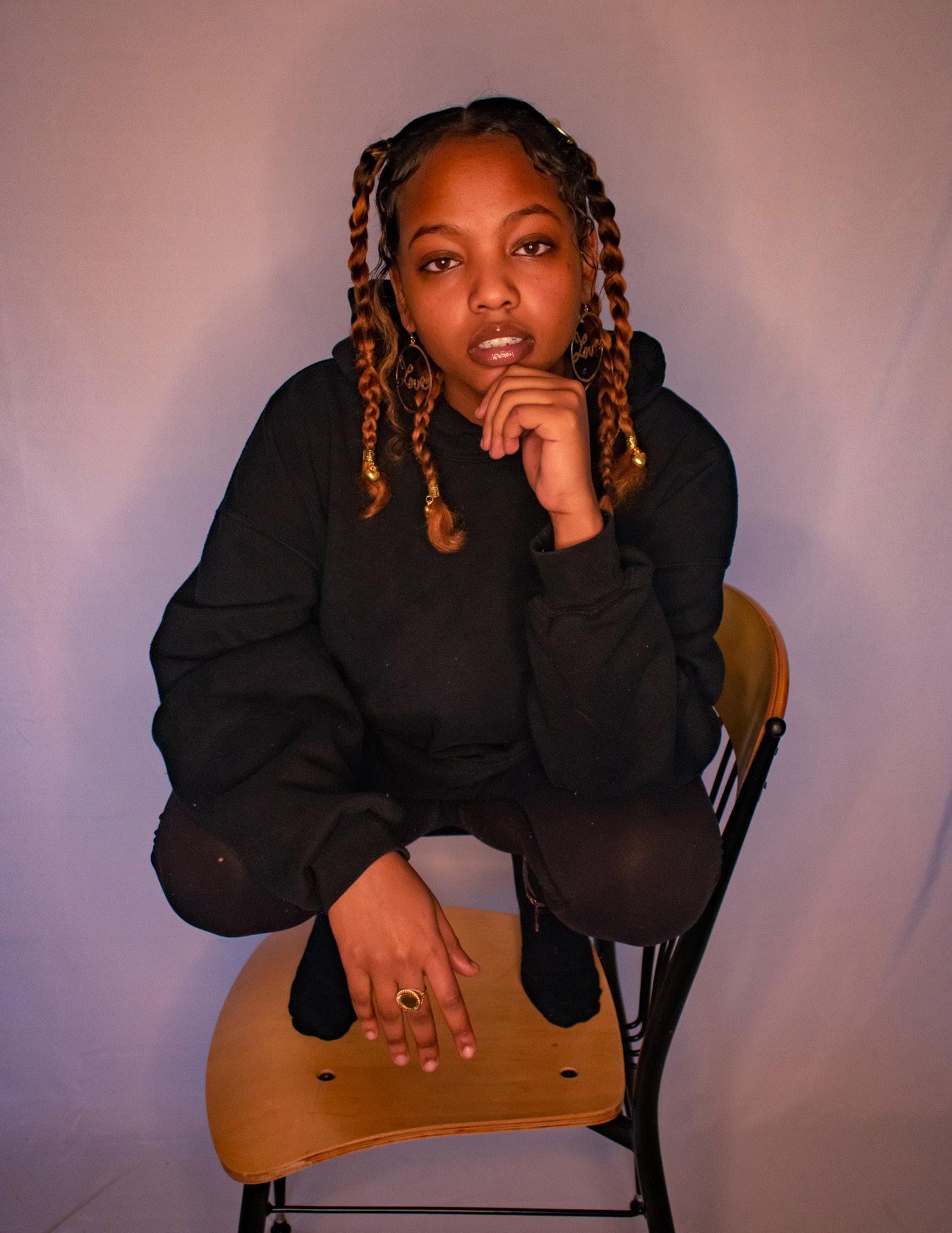
Give Credit Where
Credits Due. Give Credit Where Cred - its Due. Give Credit Where Credits Due. Give Credit Where Credits Due. Give CIt is well past time to give credit where credit is due. When approaching this discussion, we have to acknowledge the violence perpetrated by pop culture against Black Americans. Aspects of Black culture have influenced pop culture for the past 100 years, ranging from vernacular, to fashion, beauty, music, art, and beyond, however credit for this influence is rarely given to the African American community. This is a result of the historical disregard and the notion of cultural inferiority that society has bestowed onto Black Americans and their culture. This is largely seen in music. From their beginnings, the hip hop and R&B genres have had a large influence on society by determining what is “in” and what is “out”. But despite this, society often villainizes artists that make up these genres. This is evident in how non-Black Americans view Black culture as purely entertainment but not deserving of respect. Another example is language. Over the past couple of years, African American vernacular, also known as AAVE or Ebonics, has been at the forefront of many pop culture jokes perpetrated by non-Black individuals. AAVE is a form of communication created by enslaved Black Americans as a result of not being allowed to read or write at the time. This is now bastardized by nonBlack people, thus inciting minstrel undertones. When thinking about said jokes, we have to understand that the root of the joke is in the actual vernacular, therefore mocking the accents and language of Black Americans. All minority cultures are thought of as sacred, except African American culture. Why is this? Black culture has always been accessible to people, so non-Black people have never felt the need to make an effort in amplifying their voices or respecting their culture. For nearly 400 years, Black culture has been available without the proper consent and now that there is sudden backlash, Black people are being racially gaslighted into submission. In fashion, many aspects of Black fashion are viewed as ghetto or ratchet when seen worn or created by Black Americans. However on the other end of the spectrum, when appropriated by non-Black individuals APR modmuze 19 modlife
Give Credit Where Credits Due. Give Credit Where Cred - its Due. Give Credit it is seen as revolutionary and couture. An example of this is Marc Jacobs SS17 fashion show. In this show, the majority of his models were styled in dreadlocks. Instead of taking accountability for his actions when called out for this, he responded with pictures of Beyonce’s blonde hair and accused her of cultural appropriation as well. In reality, this statement is rooted in ignorance and couldn’t be further from the truth. Blonde hair is a genetic trait, while dreadlocks are a protective hair style used to maintain natural hair. This situation can also be compared to Andrew Johnson, a Black Philadelphia teen who was forced to cut his locs on the spot in order to compete in a wrestling match. These examples illustrate the stark differences in society. Black Americans cannot partake in their own culture without systemic scrutiny. The influence that blackness has on pop culture deserves to be respected and seen as sacred just as every other culture. It seems as though society has a hard time accepting this because Black people and their culture are 20 modmuze APR modlife often treated as primitive and undeserving of celebration. They are constantly being creatively exploited by non-black people. This illustrates just how much Black America has impacted society as a whole, yet is still shamelessly disrespected. I do not have all the answers, but I do believe that to be taken seriously by society, Black Americans as a collective should turn to gatekeeping to preserve their culture. This will create a foundation that allows Black people to protect their culture and keep it sacred. The long and short of it is that African American creativity has been the backbone of pop culture for a long time now and has yet to receive its celebration and recognition. Instead, nonBlack people are praised for their appropriation of art, music, fashion, and other cultural aspects. It is well past time to grant the Black community with the respect, celebration, and gratitude that it deserves.
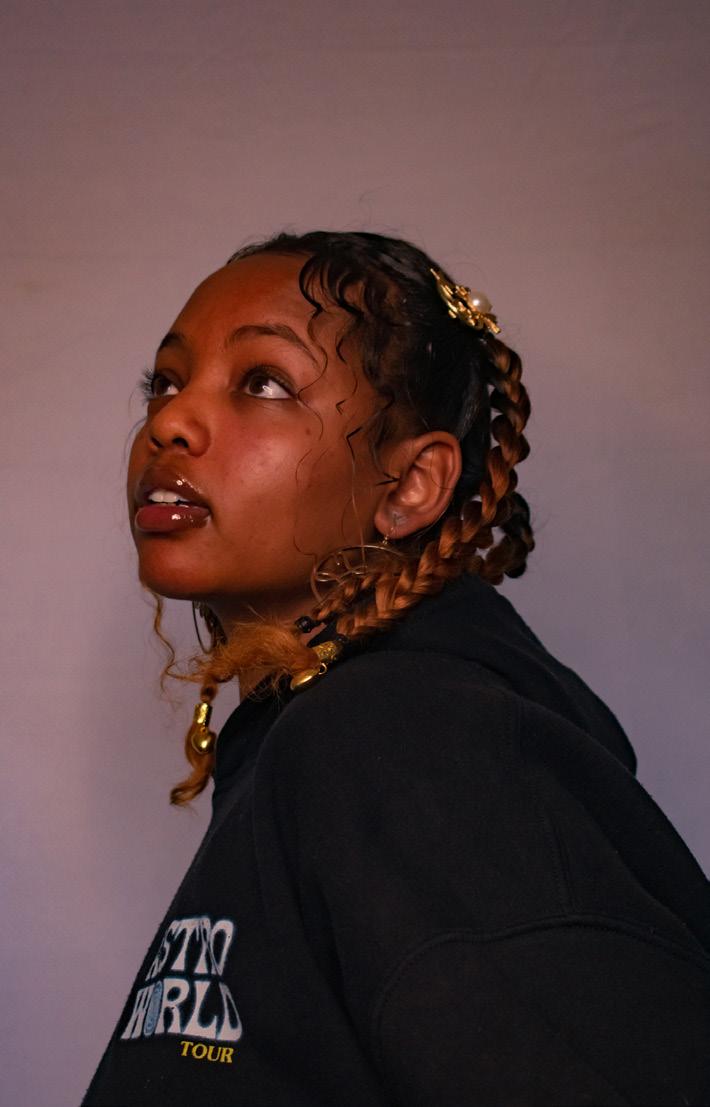
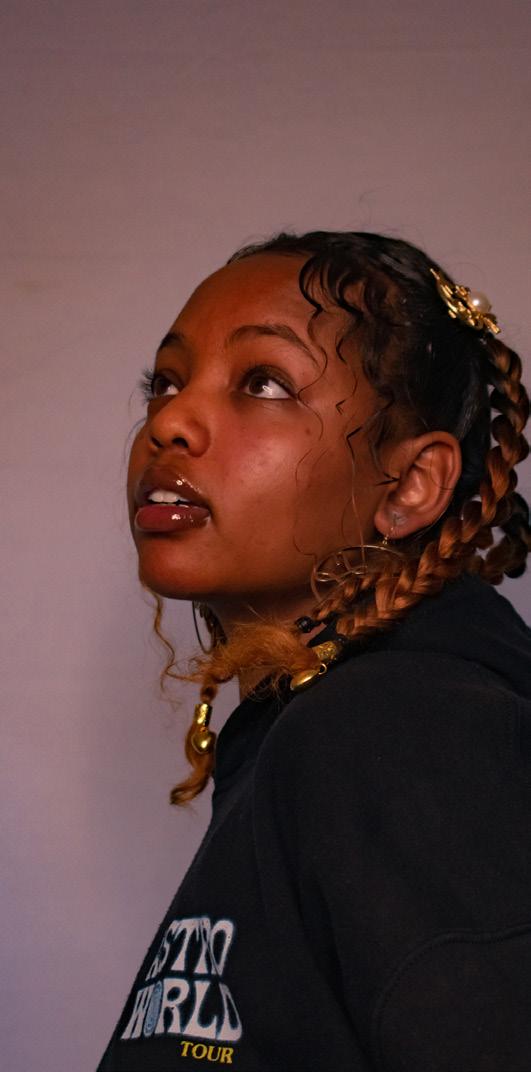
Give Credit Where Credits Due. Give CModel: Dibora Million Photographer: Emily Singleton Stylist: Tiana Berry Layout: Karynsa Teel





